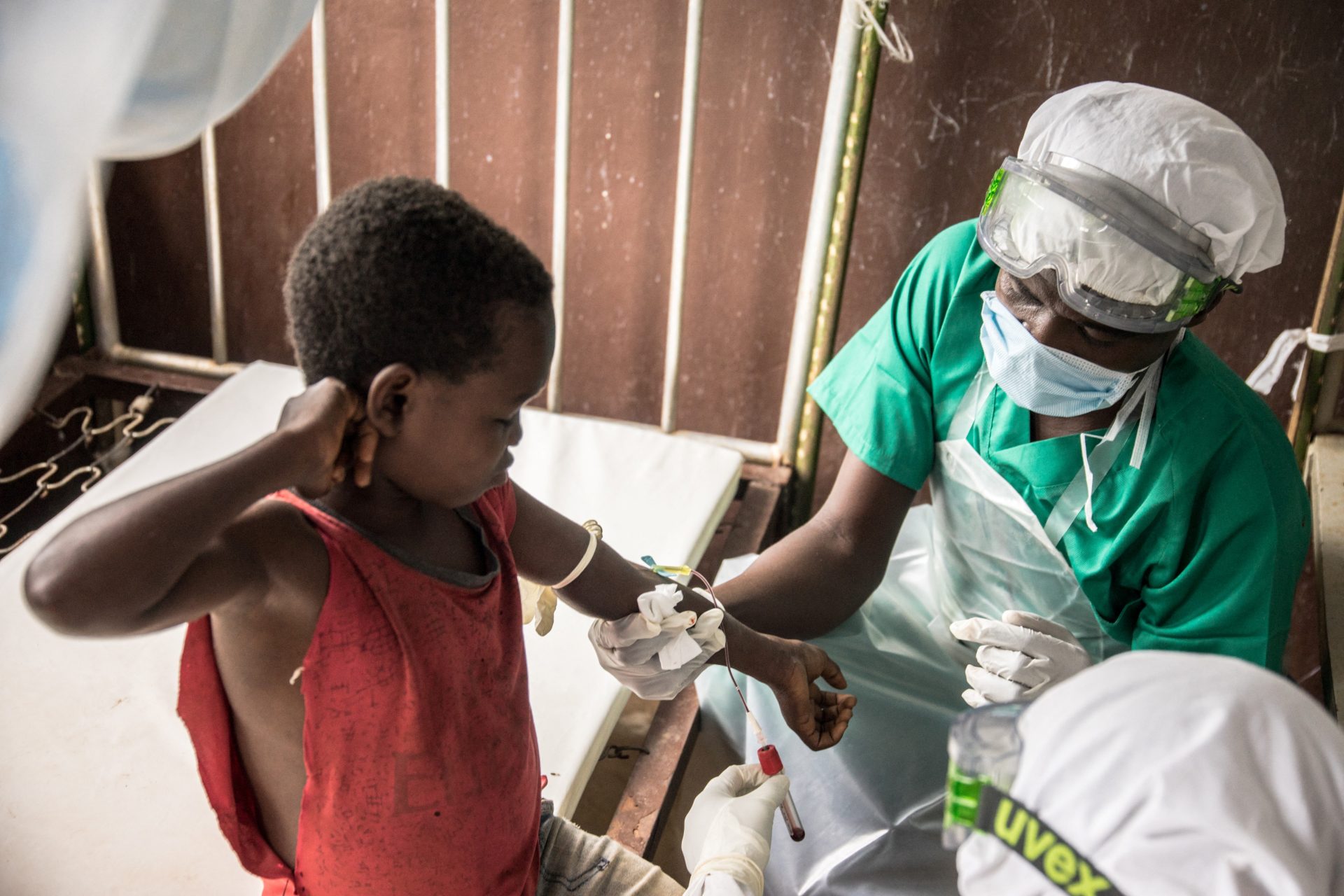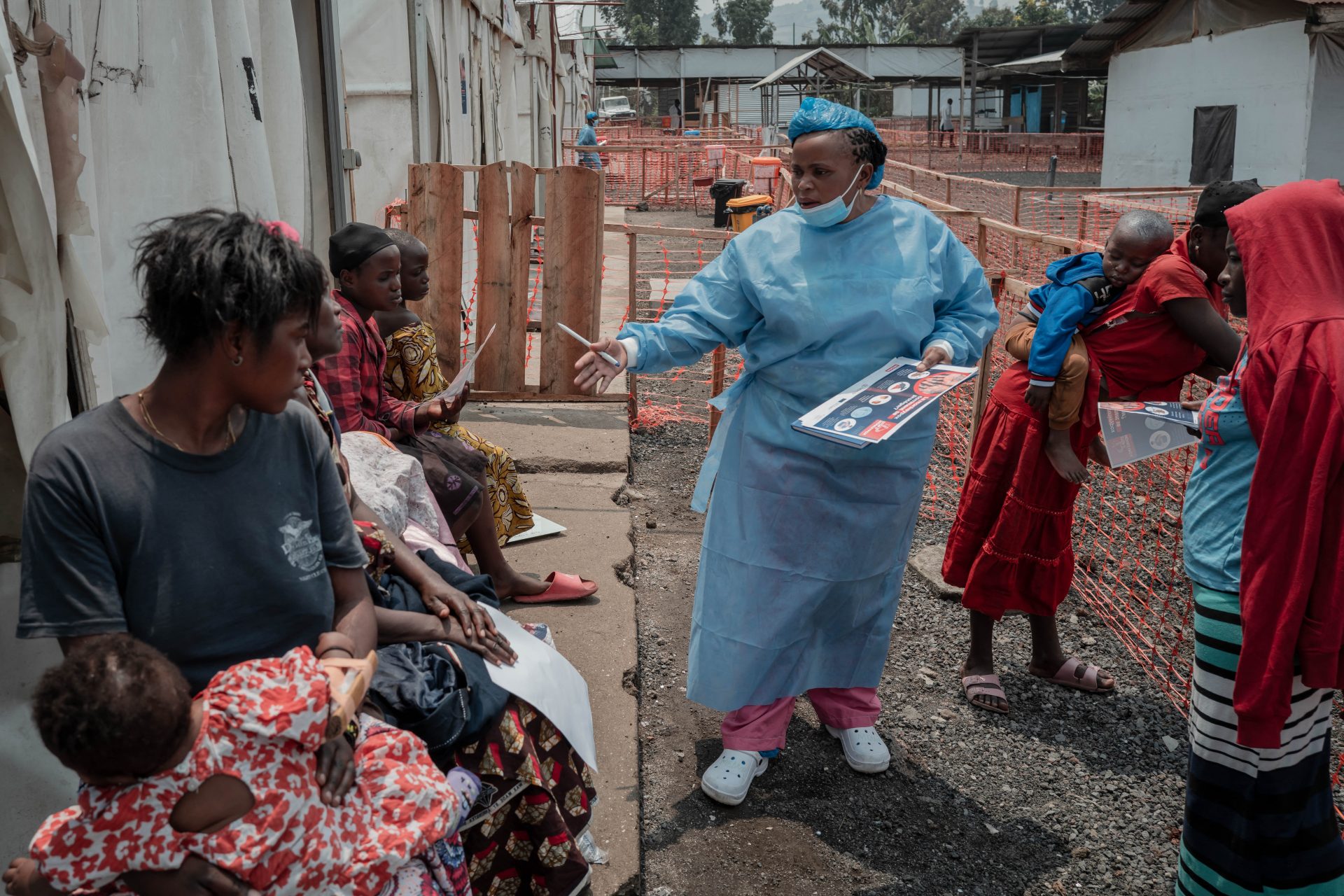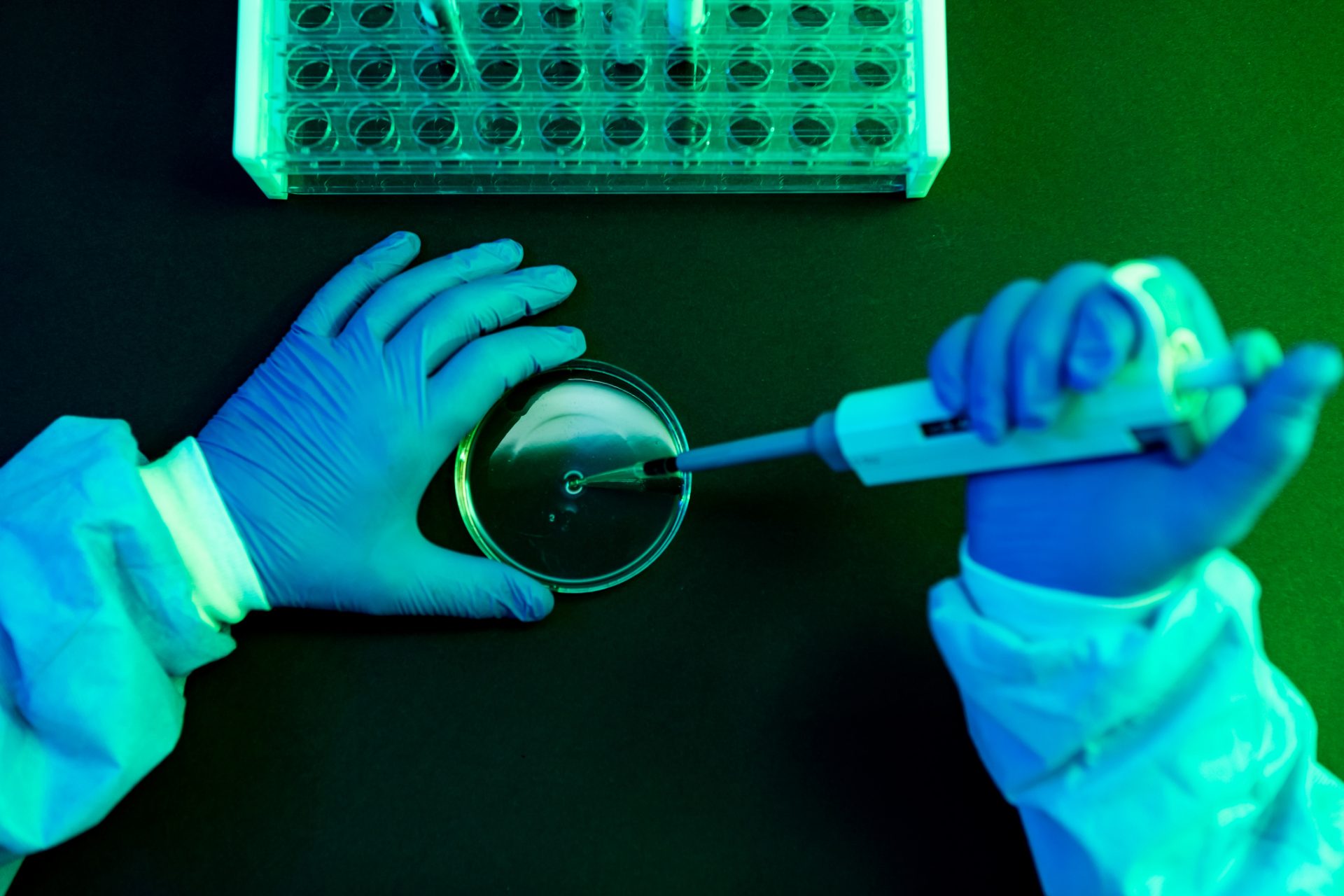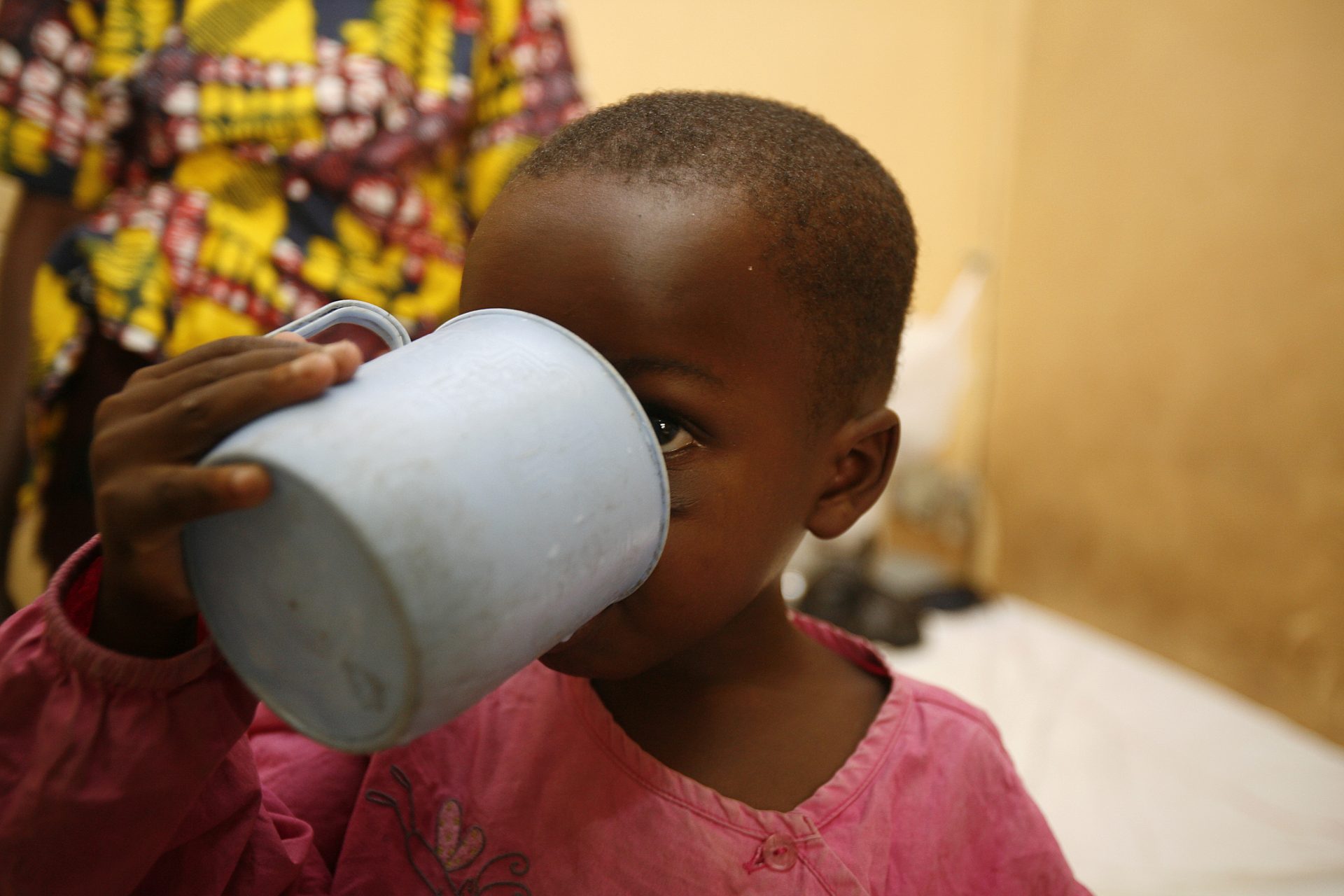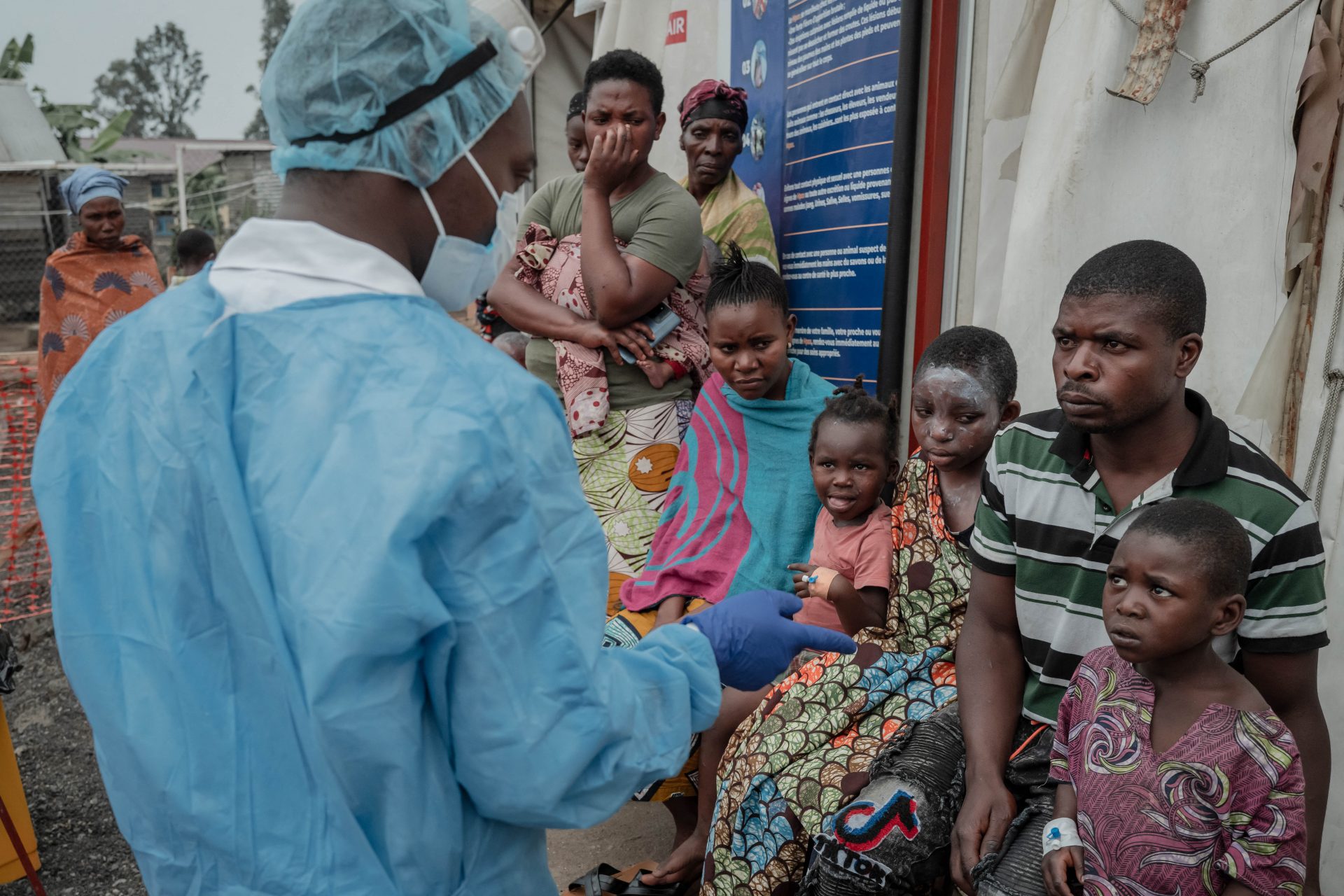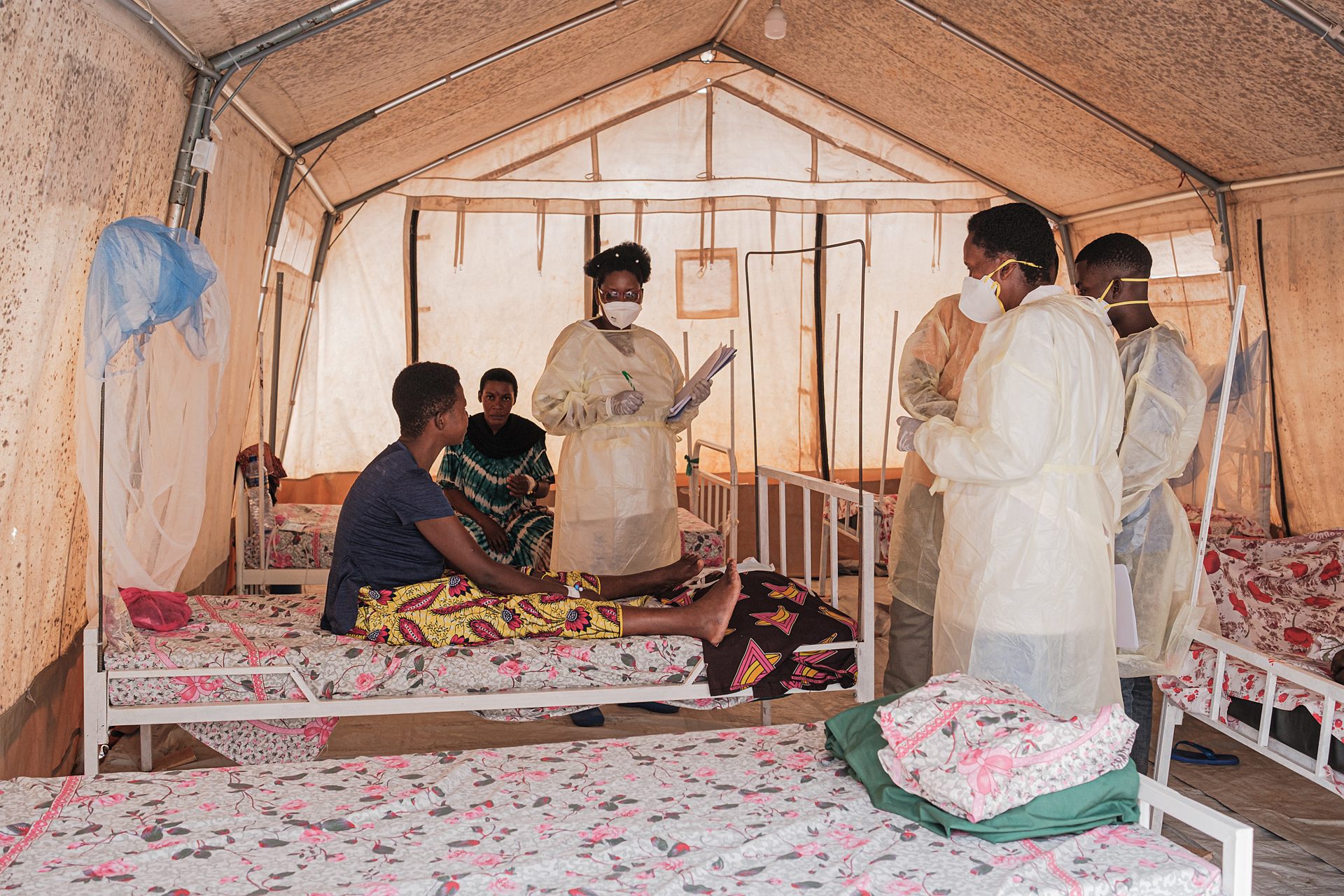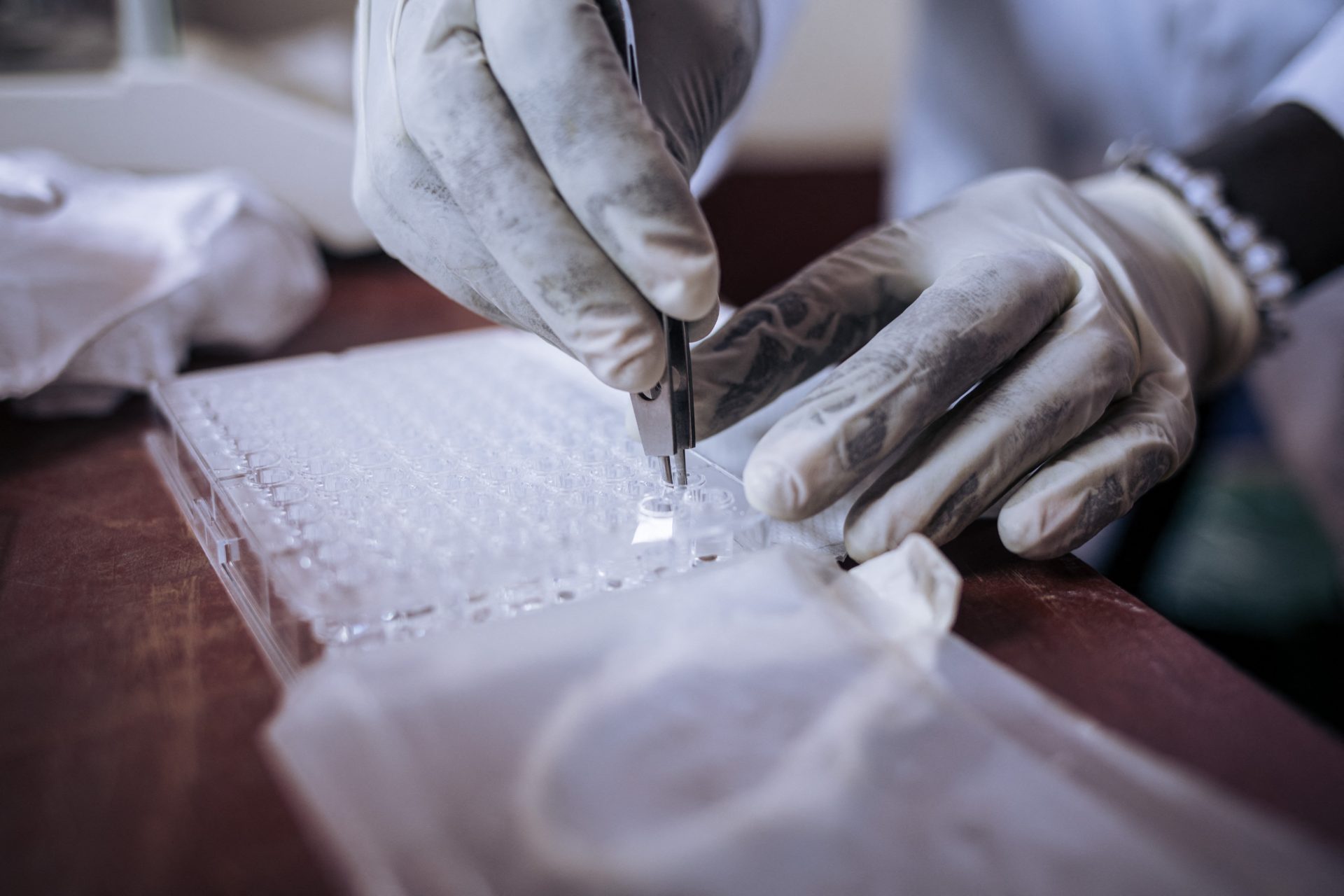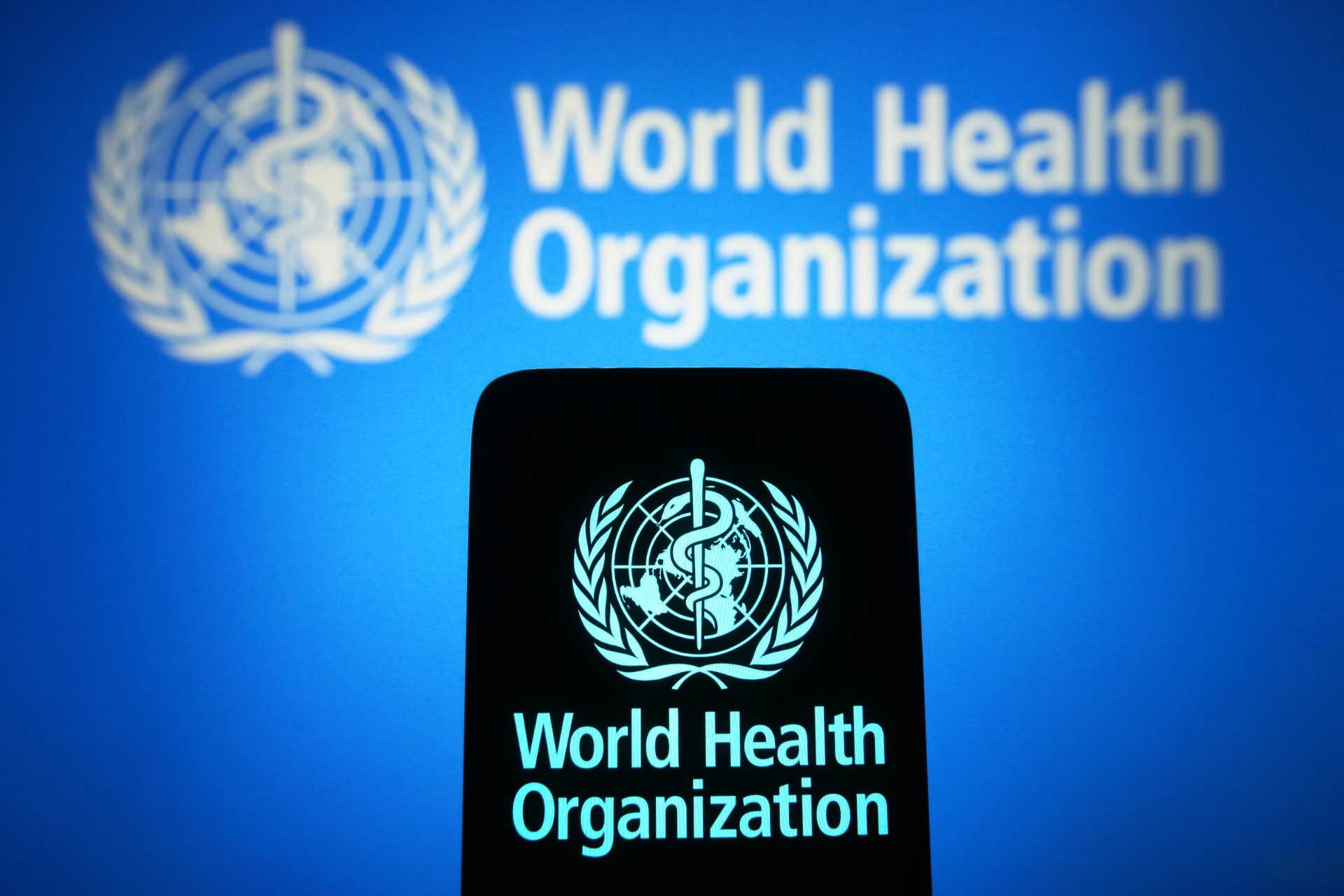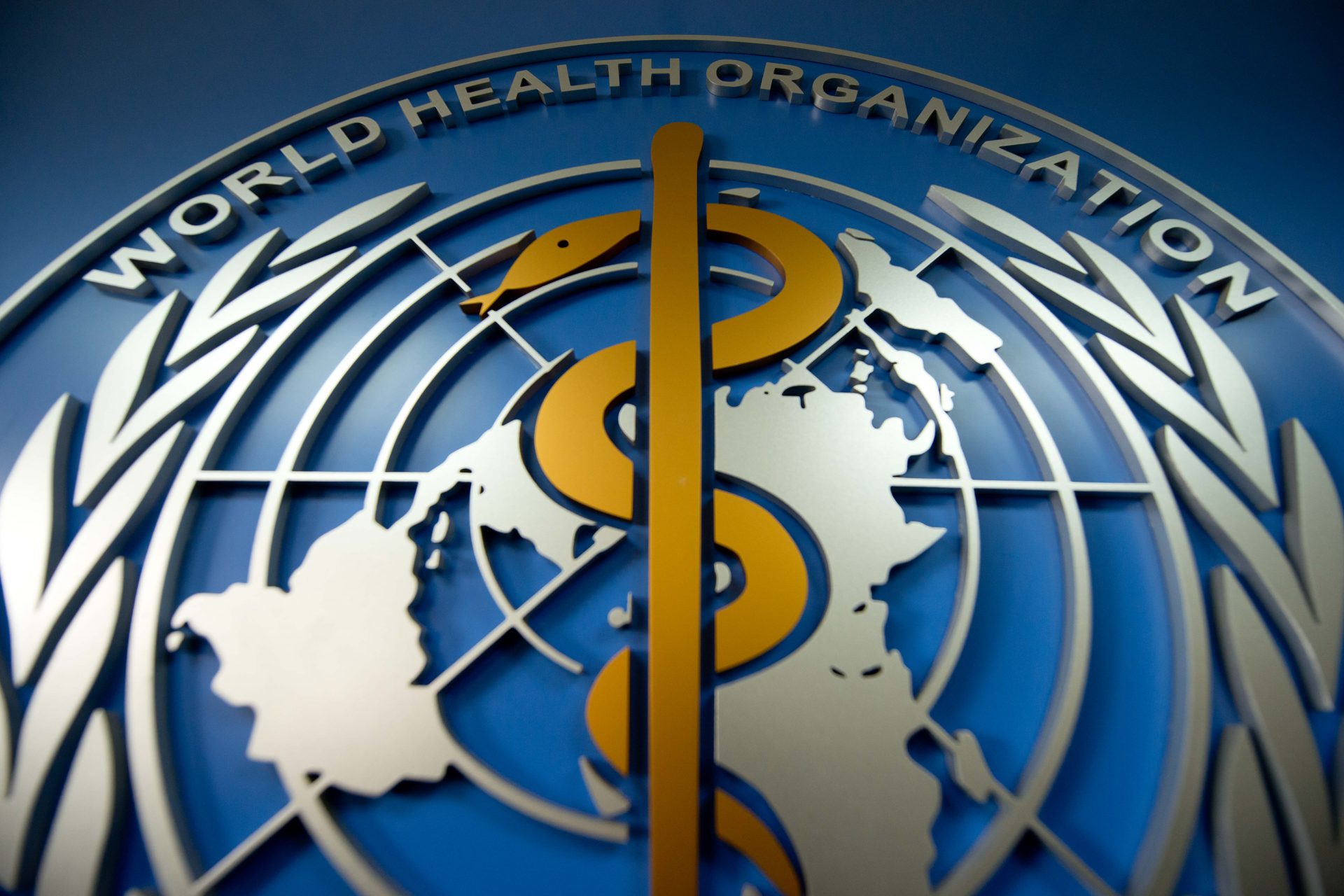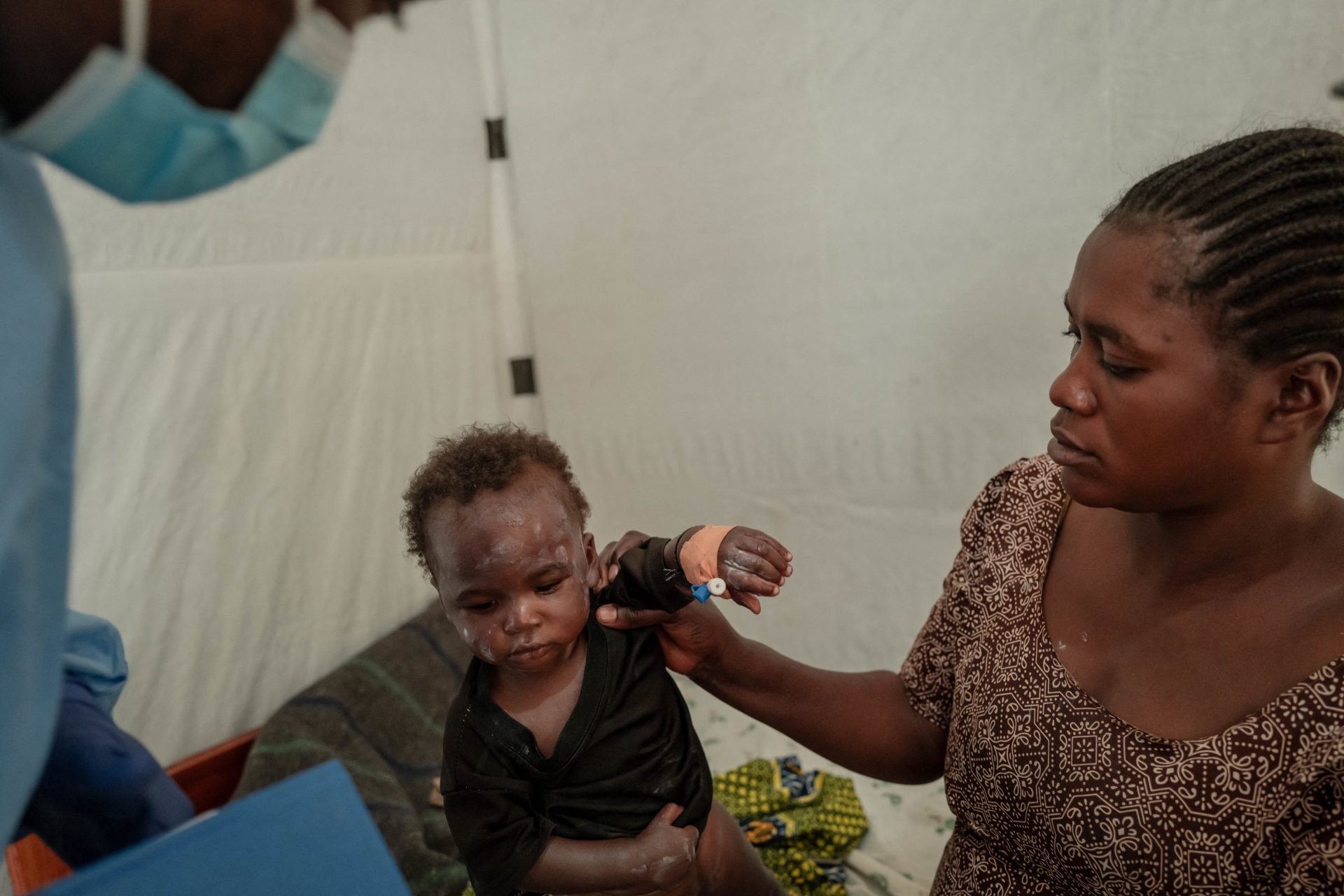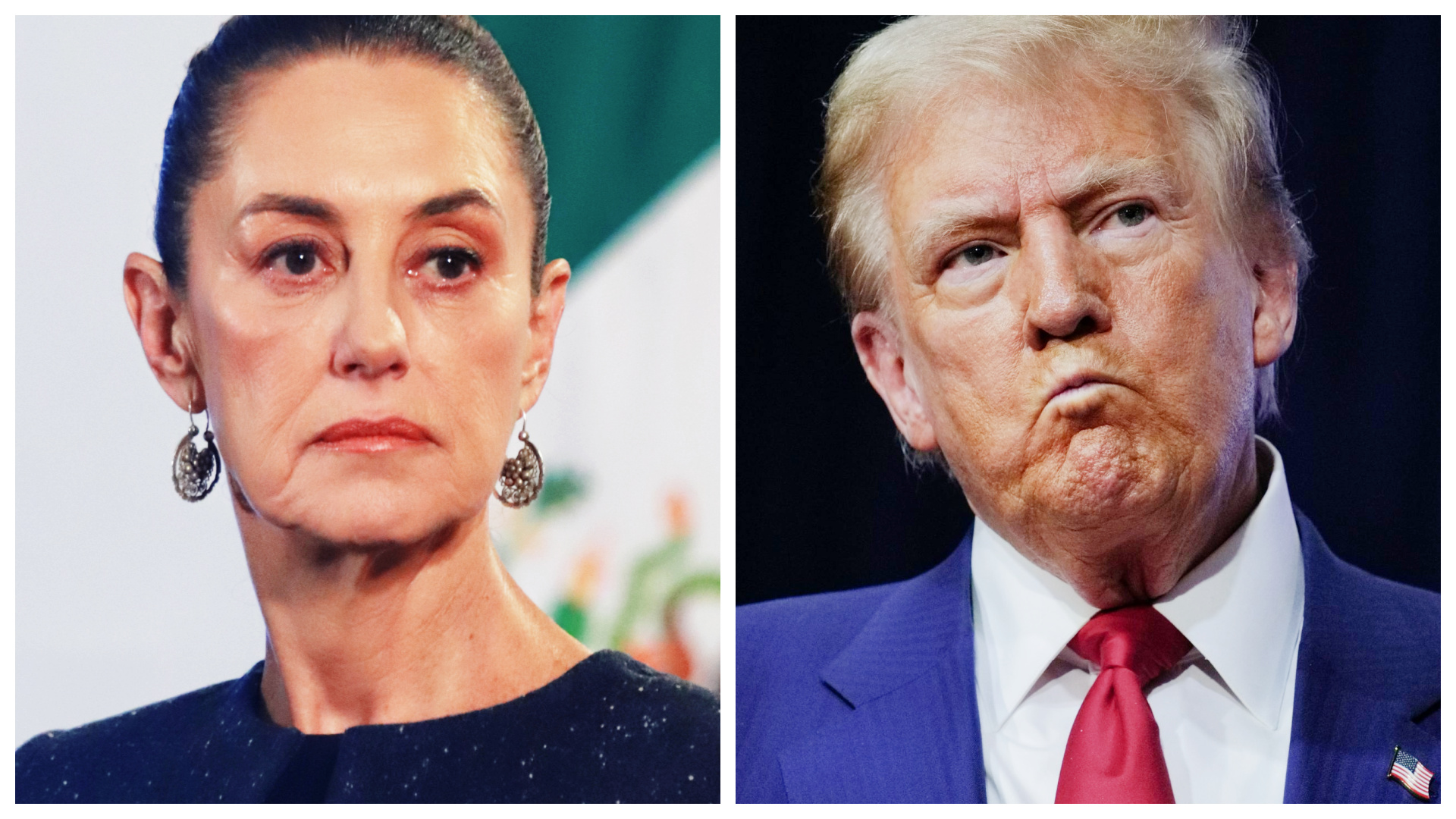The WHO determined the cause of the ‘mysterious’ disease outbreak in Africa
The World Health Organization discovered the cause of a mysterious disease outbreak in Congo: seasonal respiratory illnesses combined with malaria and malnutrition.
The disease caused fear and concern among the local health authorities in the Panzi region because the mortality rates mainly affected infants under five years old.
According to the WHO, one factor contributing to the increasing number of cases was that local health officials lacked diagnosing capabilities and grouped all patients with similar symptoms under the same umbrella.
The affected region was a remote area in the Democratic Republic of Congo, in Central Africa. The agency said infections also happened mostly in children. Nearly 50 died between October and December.
The WHO said that health officials diagnosed 891 people with the disease in the remote rural area using a wide range of symptoms. The broad categorization served officials in gathering a large number of test samples.
The country's health authorities reported a health emergency in the region, and on December 3, they decided to send a rapid response group to assess the situation.
The symptoms listed included fever, headaches, breathing problems, and anemia. The authorities knew that malnutrition contributed to the severity of the diseases.
The WHO said it took at least 48 hours to reach the area from the capital city of Kinshasa. The organization added that the remoteness and lack of resources forced officials to label the cases as one undiagnosed disease.
The international organization sent experts to assist health authorities in the Democratic Republic of Congo. Finally, it determined that the cause was a combination of factors rather than a single disease.
"Our priority is to provide effective support to the affected families and communities," Matshidiso Moeti, WHO's regional director for Africa, told Reuters. "All efforts are underway to identify the cause of the illness," and how it is transmitted, she added.
The WHO recommended improving surveillance efforts to identify cases promptly, so the number of cases that met the criteria grew. They finally analyzed over 400 samples to find the answer.
More for you
Top Stories



